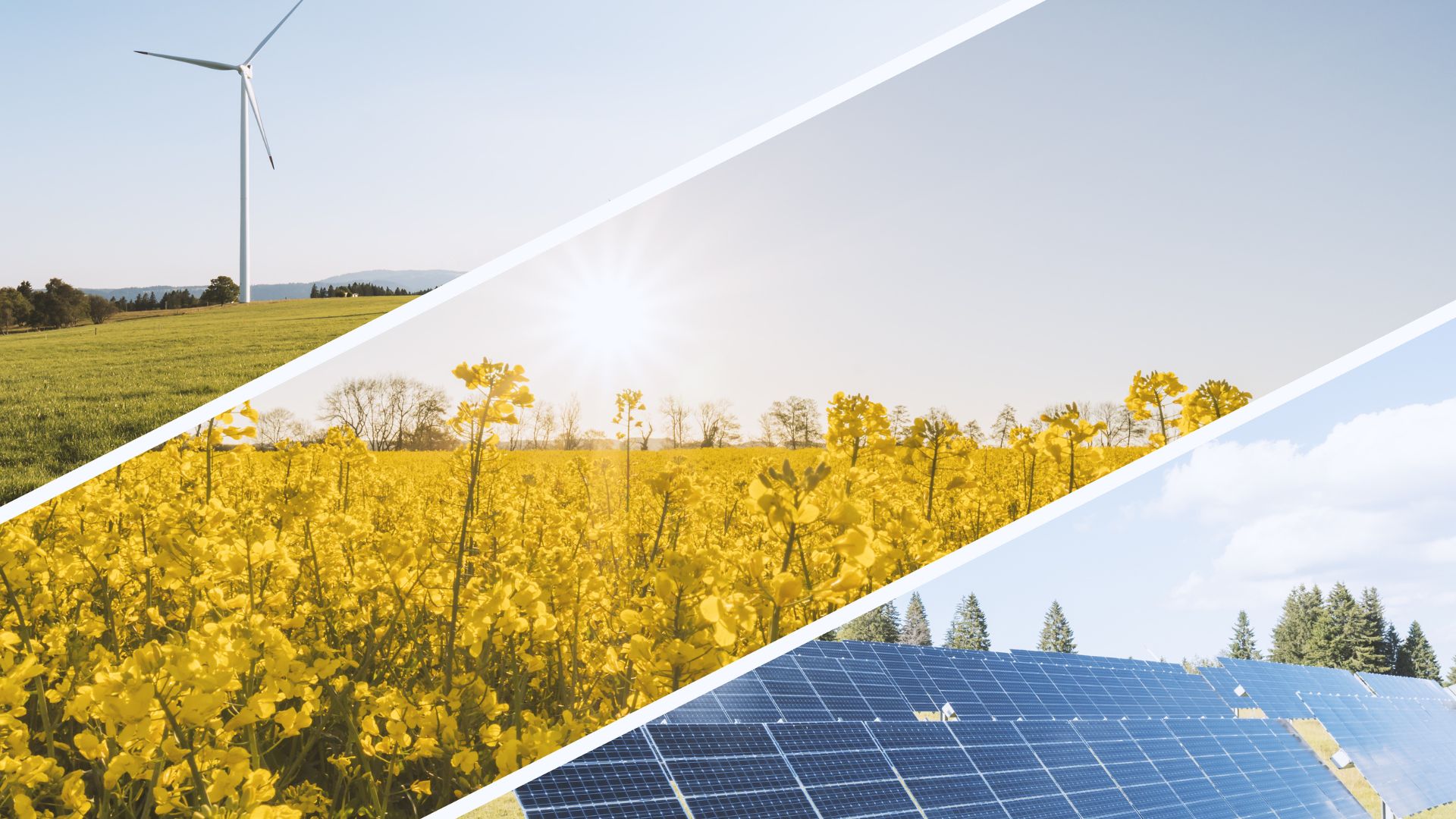Energy consumption is the dominant contributor to climate change, accounting for around 64% of total greenhouses gas emissions (GHGs). Energy, therefore, lies at the heart of the climate challenge and presents one of the greatest opportunities.
The clean energy transition has accelerated sharply in recent years as the world looks to triple renewable energy capacity within the next five years and achieve net-zero emissions by 2050. However, there are significant near-term uncertainties as to how policies and strategies in individual economy will evolve to ensure implementation. The challenge is compounded by the need for developing economies and emerging markets to meet their energy security, accessibility and affordability aspirations as well as the geopolitical tensions that are hampering global collaborations and disrupting supply chains. However, technological developments and reaffirmed global commitments offer the opportunity for an energy commitment that balances economic and climate demands.
Since its inception, AIIB has actively supported the adoption of clean energy technologies and the development of essential supporting infrastructure for the future clean energy system. Renewable energy and electricity grid networks constitute the most prominent focus of AIIB’s energy investment portfolio, accounting for 28% and 24%, respectively, of the Bank’s energy sector financing from 2016 to 2024. Cumulatively, AIIB’s energy sector investments have contributed to the reduction/avoidance of 28.5 million tons of CO2-equivalent GHG emissions, similar to Afghanistan’s total GHG emissions in 2022.
It is vital that we not only take stock of progress made but, more importantly, focus on how we can redouble efforts to accelerate a clean energy transition.
Achieving the widespread rollout of renewable energy infrastructure required is complex. A critical enabler of the transition is finance. Currently, investment in renewable energy falls drastically short of what is needed, with the International Energy Agency (IEA) estimating an annual investment shortfall of USD400 billion between 2024-2030. Meeting this funding gap is a significant challenge and will require a concerted effort from various groups including the public and private sectors and multilateral development banks (MDBs) have a crucial role to play in leveraging finance and directing it towards energy transition efforts.
AIIB President Jin Liqun highlighted the issue of financing energy access at the African Energy Summit in Tanzania. During the summit, Jin announced AIIB would be investing USD1 billion to USD1.5 billion to support Mission 300, a joint initiative between the World Bank and partners to deliver electricity access to 300 million people in Sub-Saharan African.
President Jin noted that financing from MDBs and IFIs alone is not enough and stressed the importance of mobilizing the private sector and philanthropies. While there has been an acceleration of investments in renewable energy over the past decades, Sub-Saharan Africa only received 1.5%.
Another notable funding gap exists for emerging clean technologies such as electrified heat, hydrogen, carbon capture and storage, renewable fuels, clean industry, among others. According to BloombergNEF, investments in these areas declined by 23% in 2024 and accounted for only 7.4% of total energy transition investments despite their essential role in deepening the transition. This reflects the ongoing challenges in scaling up emerging clean technologies due to barriers associated with commercial viability and an immature ecosystem. Addressing this funding gap requires significant technical assistance and policy support to be deployed alongside risk capital and various innovative financing instruments. MDBs are uniquely positioned to play a role in market development, leveraging the wide array of tools they can mobilize.
In 2024, 10 out of the 13 energy projects approved by AIIB had the primary objective of developing and scaling low-carbon energy solutions including renewables and energy efficiency. The remaining three projects aimed at expanding and modernizing grid infrastructure which will help increase energy access and facilitate renewables integration.
Several projects stand out in their innovative approach to tackling typical financing challenges and delivering system impact.
The Rwanda Accelerating Sustainable and Clean Energy Transformation project marks AIIB’s inaugural effort to deliver clean cooking solutions. Utilizing results-based financing (RBF), the project effectively addresses the affordability constraints of consumers by offering grant incentives for each clean cooking facility and solar home system sold to an eligible household without access. The project aims to reach at least 80,000 households with clean cooking solutions and distribute 50,000 solar home systems.
The ENGIE Sustainability Linked Green Loan provides a USD75 million corporate loan to Engie – the world’s fourth-largest energy company. Through a sustainability-linked loan structure, the project links financial terms to Engie’s corporate sustainability performance, encouraging broader corporate behaviour change and driving impact beyond the project boundary.
The Rogun Hydropower Development Project – Phase 1 project supports the construction of Central Asia’s largest hydropower plant in Tajikistan, with a capacity of 3.78 gigawatts. This landmark project builds on decades of preparatory work supported by MDBs to improve its commercial, environmental and social standards. These include a USD5 million grant from AIIB’s Project Preparation Special Fund, aimed at strengthening the project’s financial and commercial frameworks and enhancing its environmental and social sustainability. The project, once completed, will play an instrumental role in enhancing national and regional energy security while fostering cross-border connectivity.
AIIB remains committed to supporting countries on their net zero journey and looks forward to bringing in more private sector partners to accelerate this process.
AIIB’s Energy Sector Strategy
To achieve clean energy transition at the scale required, coordination and collaboration between the public and private sectors, will play a vital role. In this context, AIIB developed its Energy Sector Strategy in 2017 and later updated it in 2022. The strategy provides a framework offering transparency on its energy sector engagement.
With the strategy, AIIB aims to help its members meet societal demands for essential energy services, facilitate their transition to a low -or zero – carbon energy system and to support its vision of a prosperous Asia, based on sustainable development and regional cooperation.


